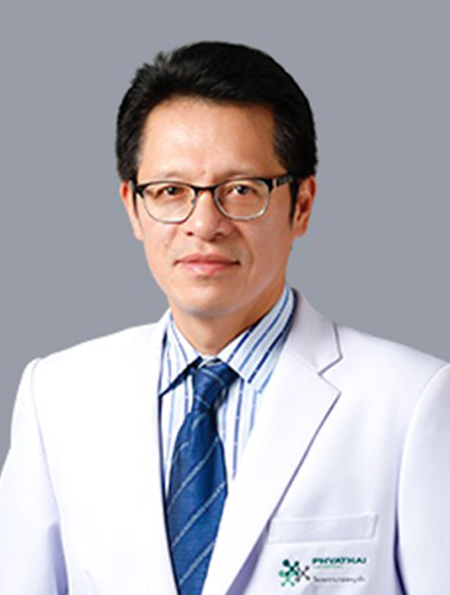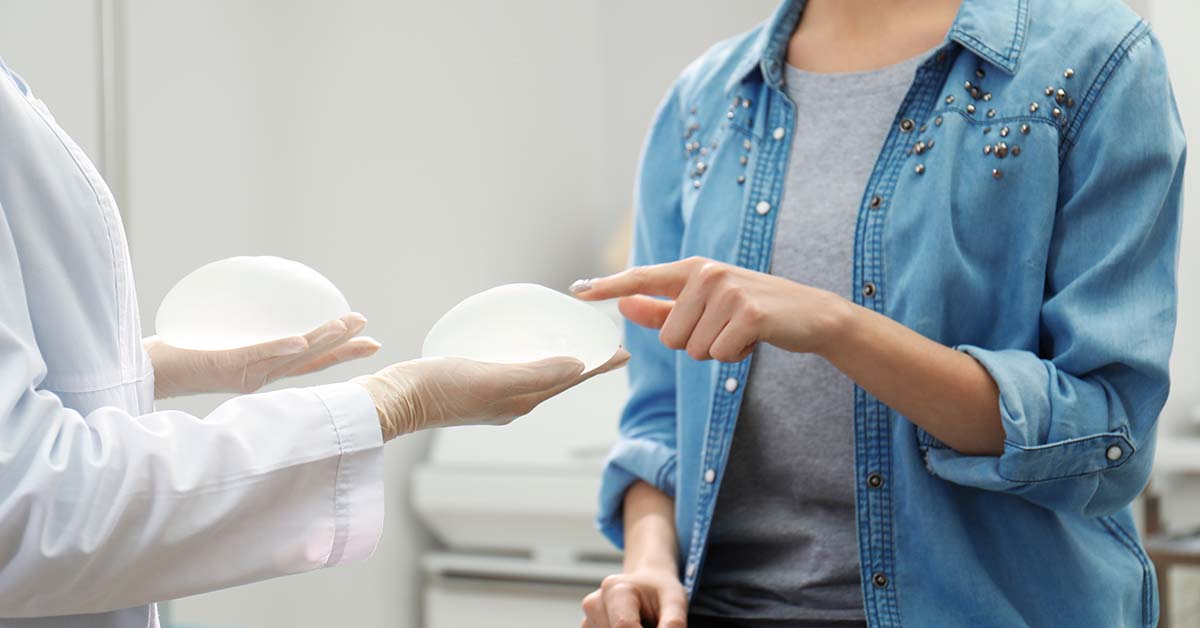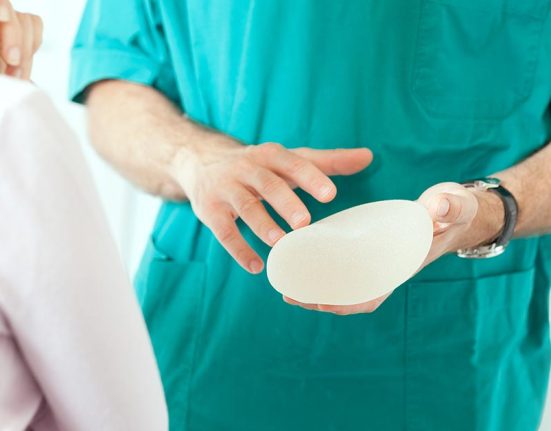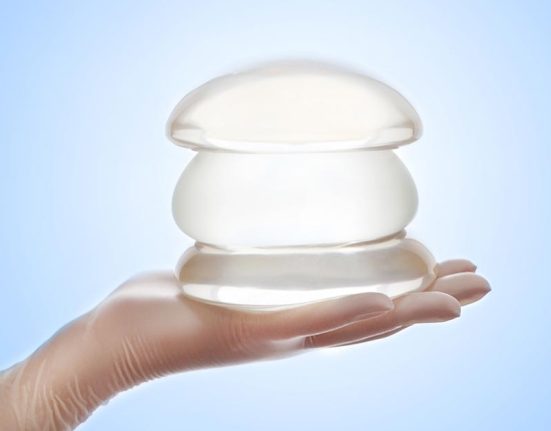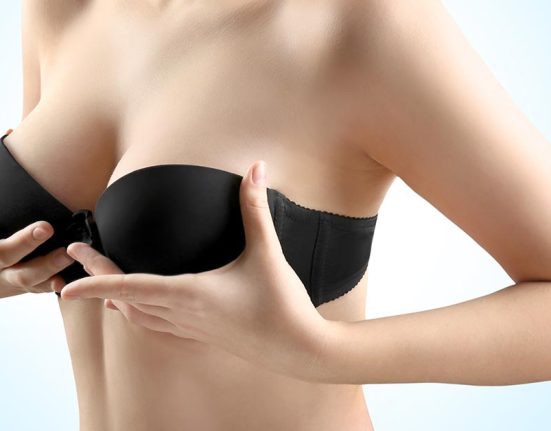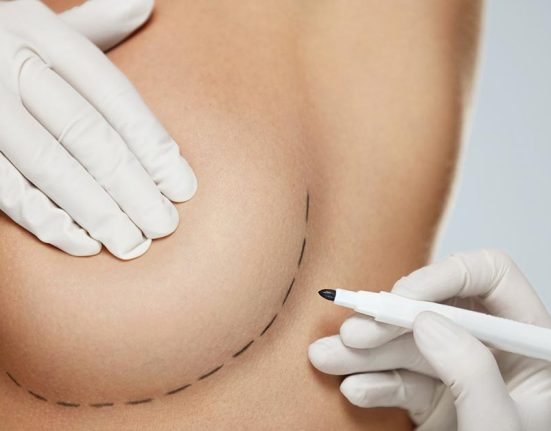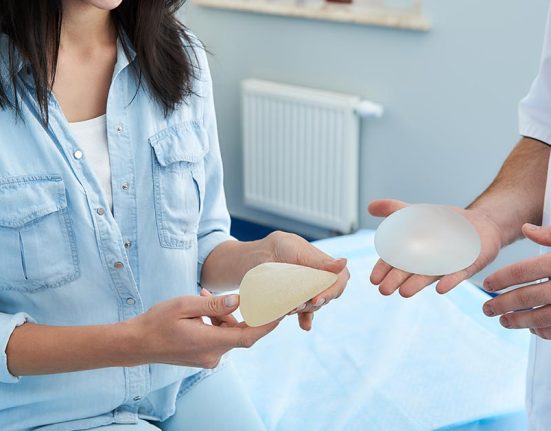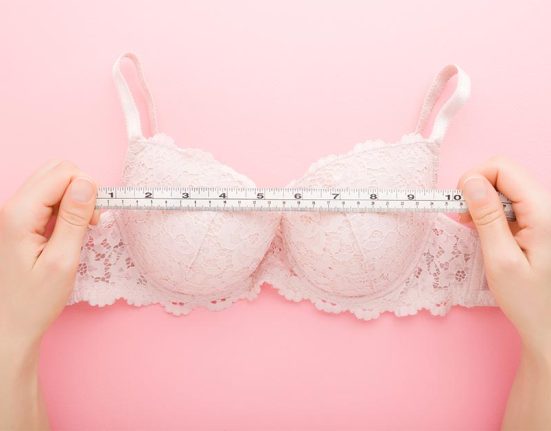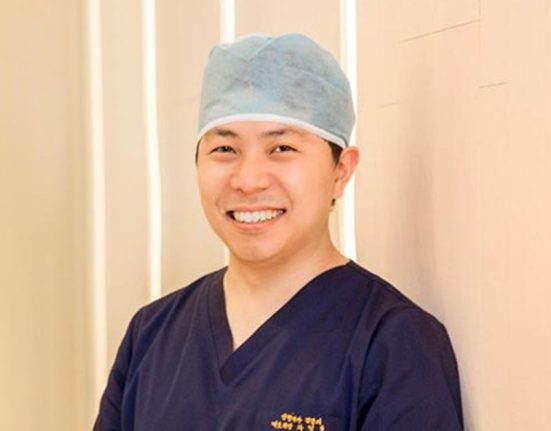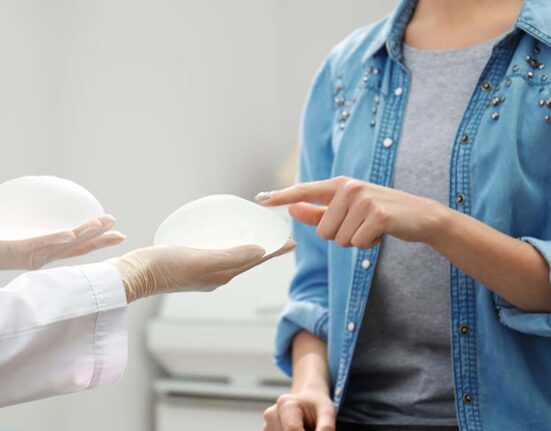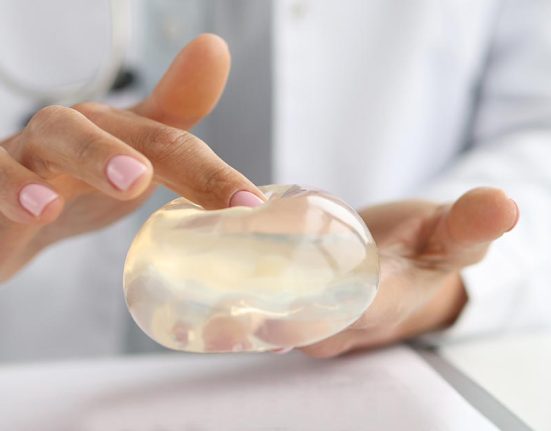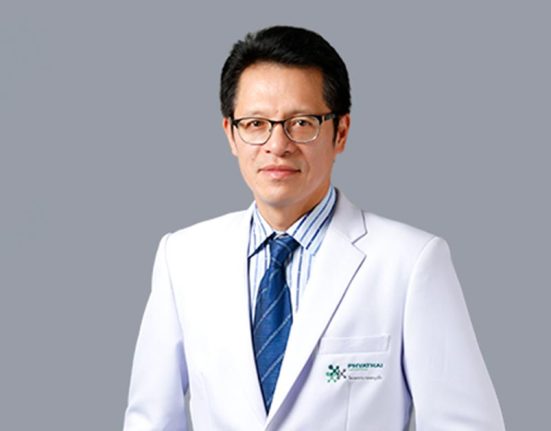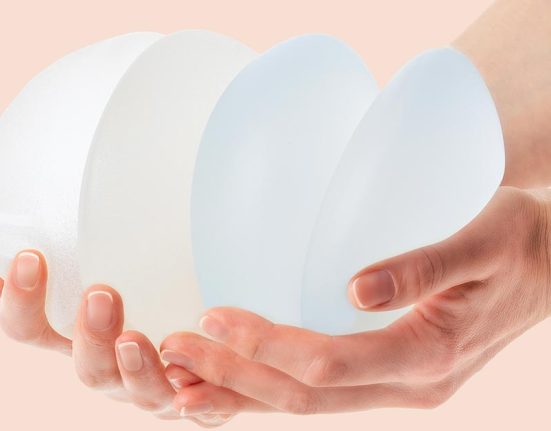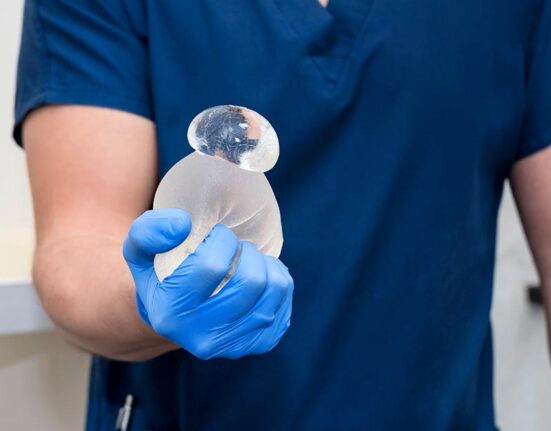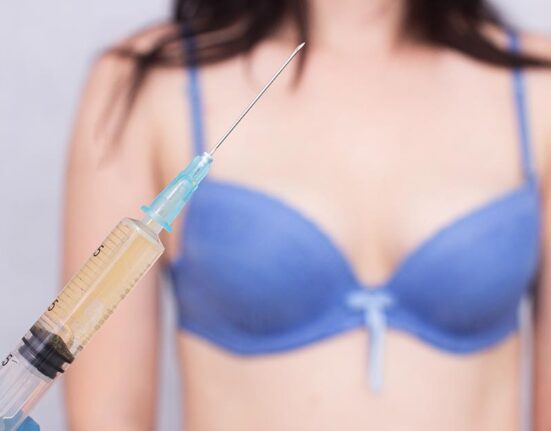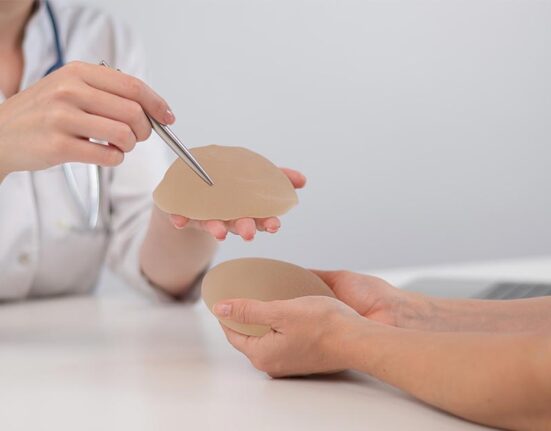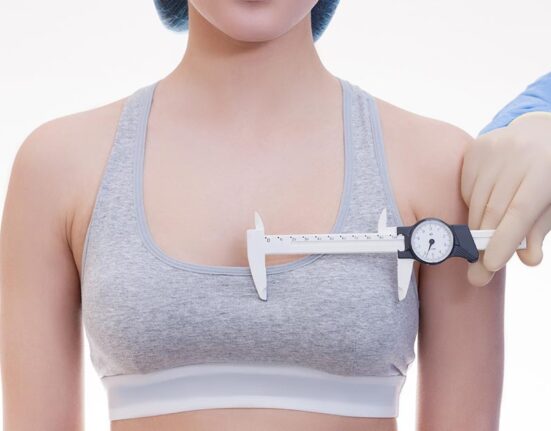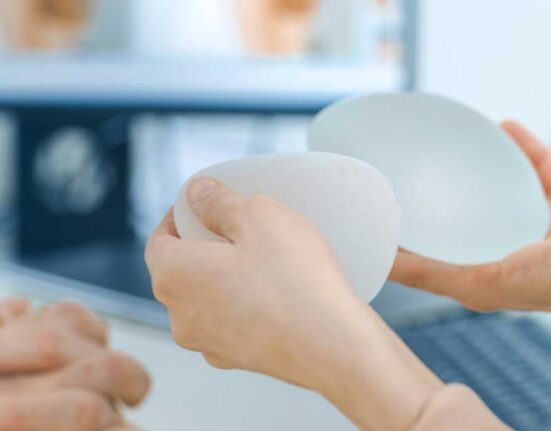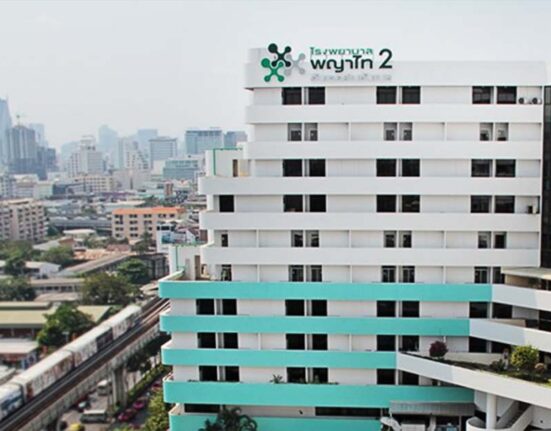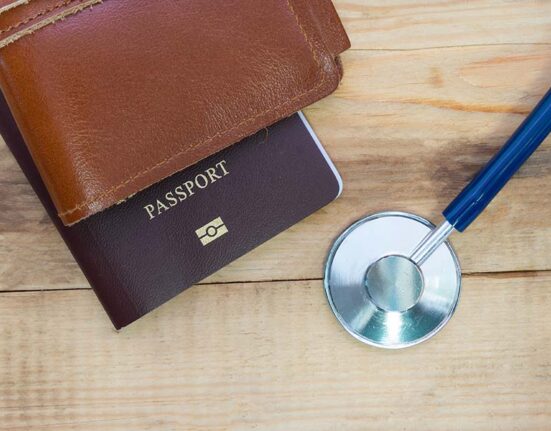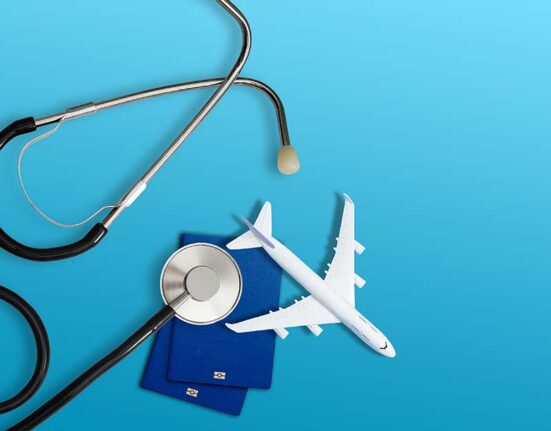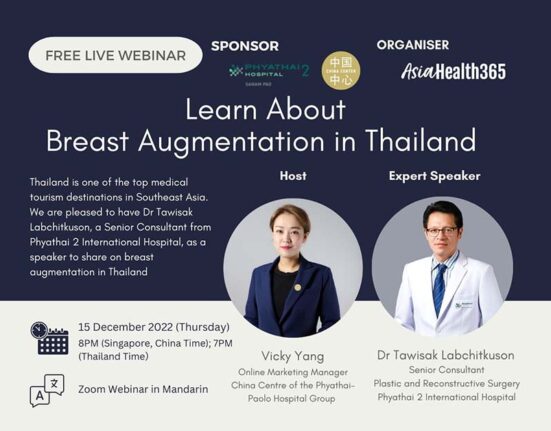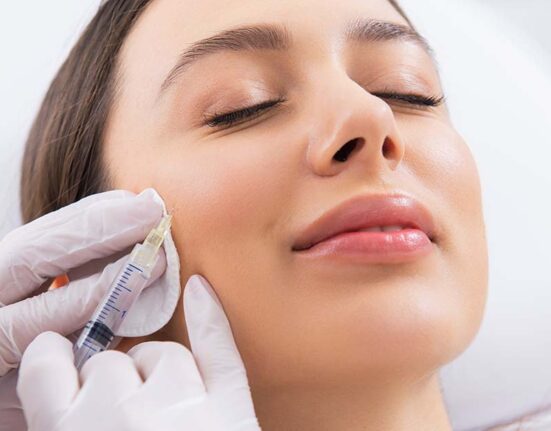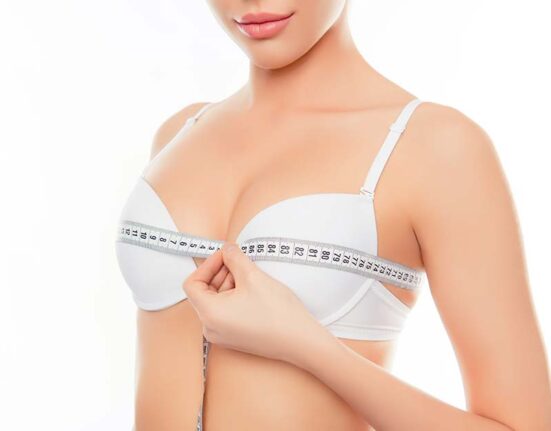Breast augmentation, also known as augmentation mammoplasty, is a procedure to increase your breast size or change its shape. There are 2 main ways of carrying out breast augmentation – fat transfer or breast implants. In this article, we will look further into implant breast surgery in Thailand.
Be Aware Of These Before You Decide On Implant Breast Augmentation
Some of the factors that you need to be aware of, before deciding on getting breast implant augmentation are:
- Breast implants are not prone to sagging.
- Your implants are not guaranteed to last a lifetime.
- Mammograms might be complicated as a result.
- You might not be able to breastfeed if the incision is around the areola and the milk ducts have been cut.
- Insurance typically does not cover breast implants.
- Screening for silicone ruptures is recommended.
- Breast augmentation surgery has potential risks and side effects such as temporary bleeding, bruising, swelling, infection, etc.
Process For Breast Implant Augmentation
Consultation With Plastic Surgeon On Options
Once you have decided on implant breast augmentation and selected a plastic surgeon for the procedure, the next step would be to consult with the surgeon on the options for achieving your desired size and appearance for the breasts. The surgeon will go through the various implant varieties, including saline and silicone, smooth or textured, teardrop-shaped or round.
Be sure also to consult with your plastic surgeon on the risks and potential side effects of the surgery.
Surgery
Implant breast augmentation can be performed in an outpatient hospital setting or surgical facility. Most likely, you’ll return home that day. Rarely does the surgery necessitate a prolonged hospital stay.
Breast augmentation is typically performed under general anesthesia. Your plastic surgeon will make a small cut at one of these areas to insert the breast implants
- The crease under your breast (inframammary).
- Underneath your arm (axillary).
- Around your nipple area (periareolar).
The surgeon will extract your breast tissue from the muscles and connective tissue of your chest after making an incision. As a result, there is a pocket either in front of, or behind the outermost muscle of the chest wall (pectoral muscle). The implant will be positioned in the center of this pocket behind your nipple by the surgeon.
Saline implants are first placed without any liquid inside before being filled with sterile salt water. Conversely, silicone implants already come with silicone gel in the shell. The incision is usually stitched up once the implant has been placed, and it is then bandaged with skin adhesive and surgical tape.
Recovery Phase
Soon after undergoing breast implant surgery, you ought to be capable of moving around. You might consider a week or two off work because recovering after surgery can take a few weeks. For at least a week, you should not drive.
Following breast implant surgery, some doctors advise wearing a sports bra constantly for up to three months (check with your surgeon). For at least a month, refrain from doing any hard lifting or demanding activity.
Breast Implant Surgery In Thailand
Thailand is a major hub for breast augmentation surgery for global patients. One of the best hospitals in Thailand offering breast augmentation procedures is Phyathai 2 International Hospital. Phayathai 2 International Hospital is a leading medical service institution in Bangkok, committed to providing users with high-quality medical services. It is Thailand HA accredited, and has been certified by the Joint Commission International (JCI) and CCPC. Besides the Beauty Centre which offers medical aesthetic services, the hospital also has more than 20 professional service centres covering treatment and rehabilitation across multiple specialties.
FAQs On Breast Implant Surgery in Thailand
Experts at Phyathai 2 International Hospital answer these FAQs on breast implant surgery in Thailand.
Q1: What Are The Common Brands Of Breast Implants?
The most common breast implants on the market include Motiva and Mentor.
Motiva
Motiva implants are void-free implants with 100% fill rates. Motiva implants are soft, elastic and ductile, allowing the augmented breasts to look and move in a more natural manner. The shape changes according to gravity, similar to real breast tissue. The surface of the implant shell nanotextured, which helps to reduce capsular contracture rates. The price of Motiva implants are relatively higher. Motiva implants are suitable for women with smaller chest sizes.
Mentor
Mentor is one of the earliest implant brands, and the implants are certified by the US FDA. Mentor implants are in the shape of a teardrop, with the lower half being fuller than the upper half. The implants are relatively firm, though their softness and ductility are very good. The surface of the Mentor implants is textured, resulting in greater friction between the implant and the surrounding breast tissue. As a result, the implants are less likely to move and become misshaped when there is body movement. Mentor implants are relatively more affordable. They are suitable for women pursuing natural bust lines and moderate softness.
Q2: What Are The Choices For The Shape Of Breast Implants?
Breast augmentation implants can be either round or teardrop shaped.
Round implants are suitable for users who have smaller breasts. After implant surgery, the bust will look fuller.
Teardrop-shaped implant are suitable for users who already have fleshy breasts.
Q3: Is The Implant Material Safe?
There are many types of implant materials used in breast augmentation surgery. Most breast augmentation surgeries today use implants made of silicone. Silica gel is a kind of viscous liquid, which is very similar to human body fat. It is not easily deformed, will not harden, has guaranteed quality, and is harmless to the body.
Q4: Who Is A Candidate For Breast Implant Surgery?
Breast augmentation surgery can be considered for women with congenital dysplasia of the chest, asymmetrical left and right breasts, under-full upper breasts, mild sagging breasts, and breast atrophy due to age or postpartum.
Q5: Who Is Not Suitable For Breast Implant Surgery?
Breast augmentation surgery may not be suitable for women who have congenital diseases, heart disease, taking long-term medication, or have certain medical complications. Women considering breast augmentation surgery should discuss their medical history with the surgeon to ensure that they are suitable to under the surgery.
Q6: Is There Need For Further Procedures To “Maintain” The Implants?
If there is no problem with the implants e.g. no damage or no leakage, capsular contracture, water accumulation or other problems, there is no need for another operation. The implants are designed to be used for life.
Q7: How Much Does Breast Augmentation Surgery Cost?
The cost of breast augmentation surgery in Thailand is generally between 160,000 and 260,000 baht. The price of breast augmentation surgery at Phayathai 2 International Hospital starts from 130,000 baht. The package includes doctor’s fee, surgery fee, anesthesia fee, 1-night hospitalisation fee, nursing fee and cost of medication.

Protect against cancer, cardiovascular disease, and other chronic diseases with regular health screening. Compare and shop for health screenings from Singapore and regional healthcare providers at a single convenient platform - shop.health365.sg
This article is informative only and is not intended to be a substitute for professional medical advice, diagnosis, or treatment, and should never be relied upon for specific medical advice.


